Cardiff, the capital city of Wales, is a compact, vibrant and multicultural city that is also a popular filming destination for television and movies. Cardiff was once the second largest coal exporting port in the world. In the 19th century, Cardiff village expanded into a large town and obtained city status in 1905, becoming the capital city of Wales in 1955. The city centre is a major destination for shopping, entertainment, nightlife, and sports, with venues like the Principality Stadium hosting international sporting events and concerts from chart-topping artists. Cardiff Bay, a former dockland area, has Wales Millennium Centre – a venue for arts, music, stage, and culture.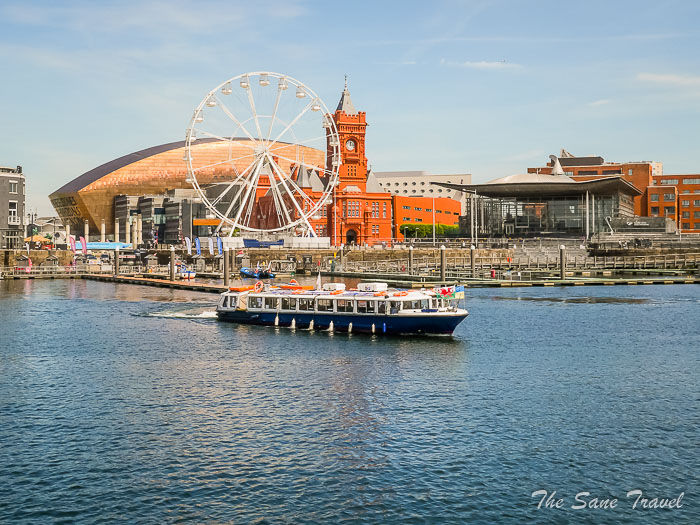
Before we start our city walking tour together, you have to learn about the Bute family, who were creators of Modern Cardiff.
The Butes
The Bute family footprint is still extensive in Cardiff, and the names related to them can be seen around the city, with Bute Street, Bute Building, and Mount Stuart Square among them. The Bute family brought power and prosperity to Cardiff, which they turned from a sleepy backwater into one of the greatest coal exporting ports in the world. Two important representatives of the Bute family were the 2nd and 3rd Marquees of Bute. John Crichton Stuart, 2nd Marquees of Bute (1793 –1848), was a wealthy aristocrat and industrialist of Britain. He developed the coal and iron industries across South Wales. The most significant development was the creation of the Bute Docks in 1839 in what was then the village of Cardiff. Rapidly the Docks became the world’s largest for exporting coal for almost a century, earning Bute the title of ‘creator of Modern Cardiff’. 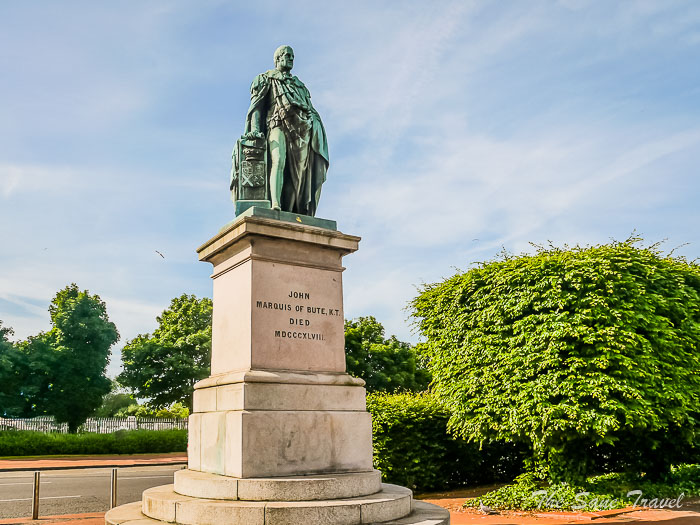
Dating back to 1801, when the population of Cardiff was around 6,000 inhabitants, it had grown significantly by 1871 to become the largest town in Wales, with a population of more than 71,000. On his death, John Crichton Stuart left the vast wealth to his son, who became an extraordinary man of the Victorian age. John Patrick Crichton Stuart (1847 –1900), the 3rd Marquees of Bute, was a fabulously wealthy and visionary creator of great architecture. Bute set about on a lifetime of collaborations with artists and architects. Among his collaborators was eccentric Gothic designer William Burgess. Together, they transformed the medieval Cardiff Castle into a Neo-Gothic dream palace with its fantasy towers and lavish interiors.
Now we are ready for our walking tour. It most likely will start from Cardiff Central.
Cardiff Central Station
Cardiff Central is one of the city's two urban rail network hubs, along with Cardiff Queen Street. It was opened in 1850 as a Cardiff station. Great Western Railway built the current station buildings in 1934. Since 1973 its name has been Cardiff Central.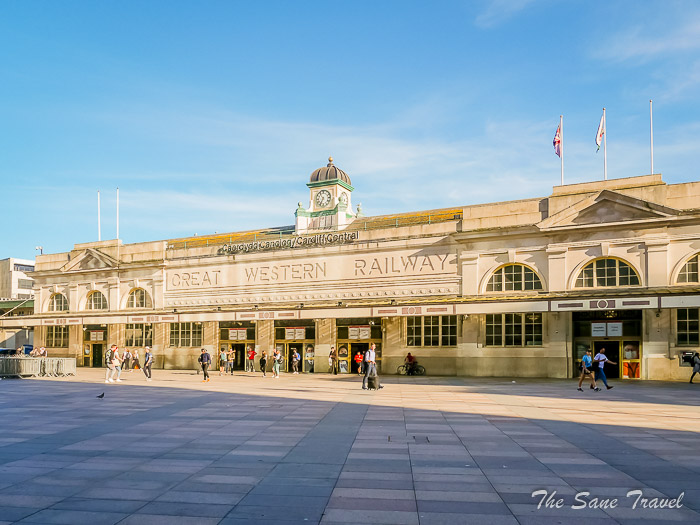
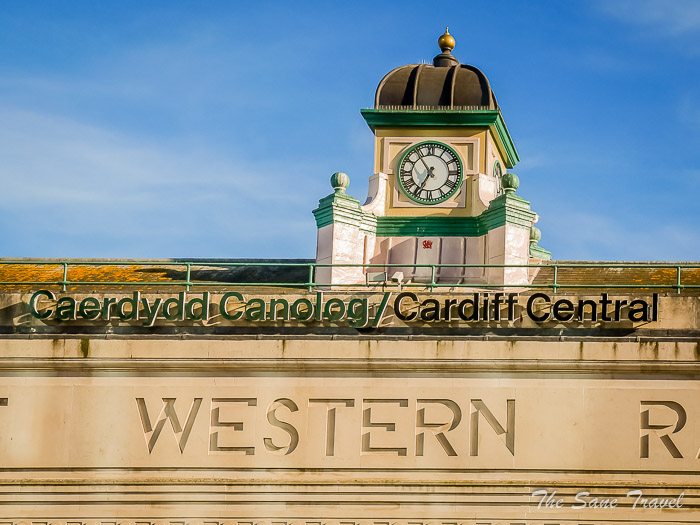 Now let’s go to Cardiff Castle.
Now let’s go to Cardiff Castle.
Cardiff Castle
The famous Cardiff Castle has evolved over 2,000 years from a Roman fort that dates back to as early as 54 AD into the epic landmark that is frequently visited today. From the outside, it is a medieval fortress with thick Roman walls. 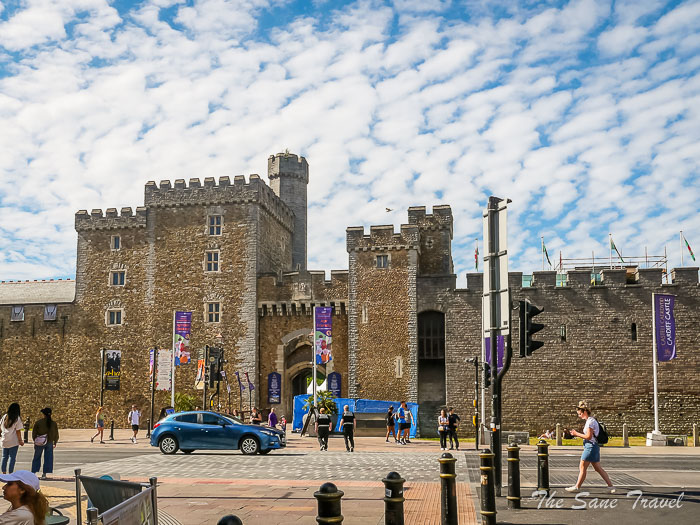

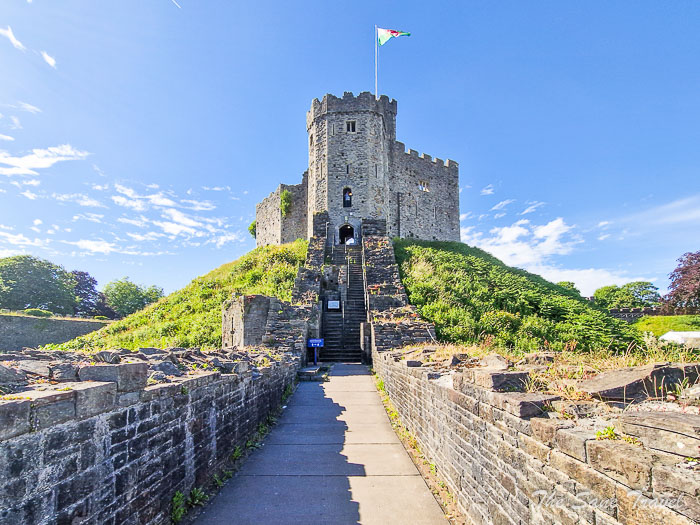 Inside, the rooms are ornately decorated, with gilded ceilings, stained glass, wood carvings, and intricate detailing.
Inside, the rooms are ornately decorated, with gilded ceilings, stained glass, wood carvings, and intricate detailing. 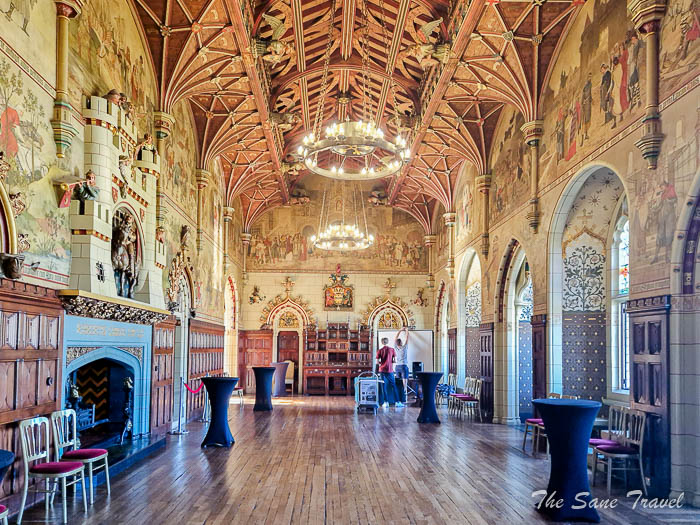
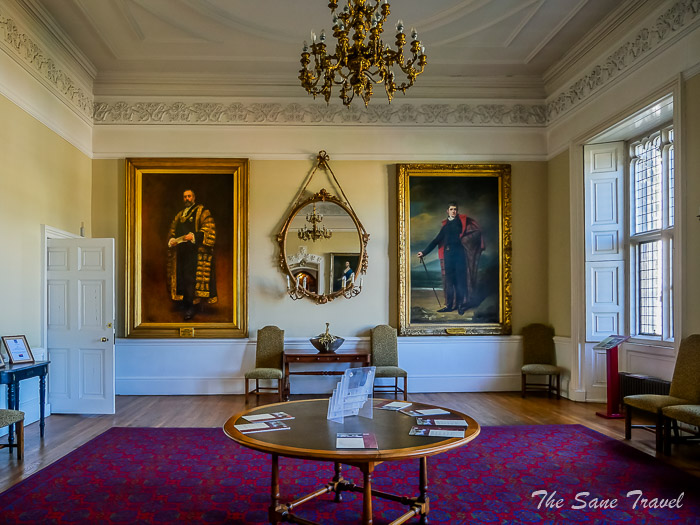
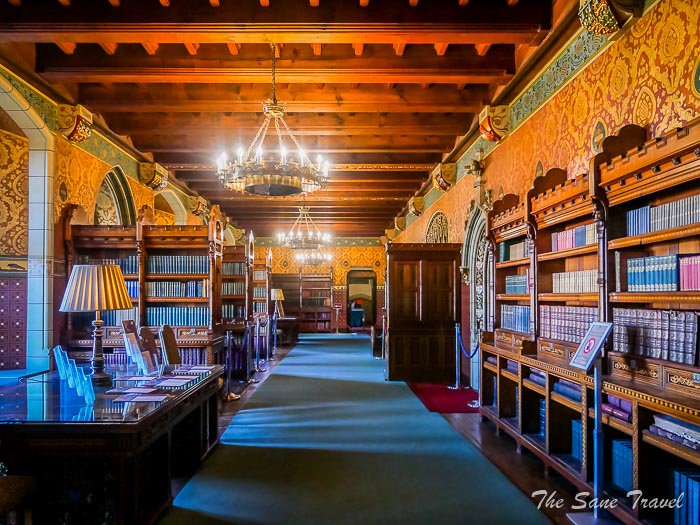
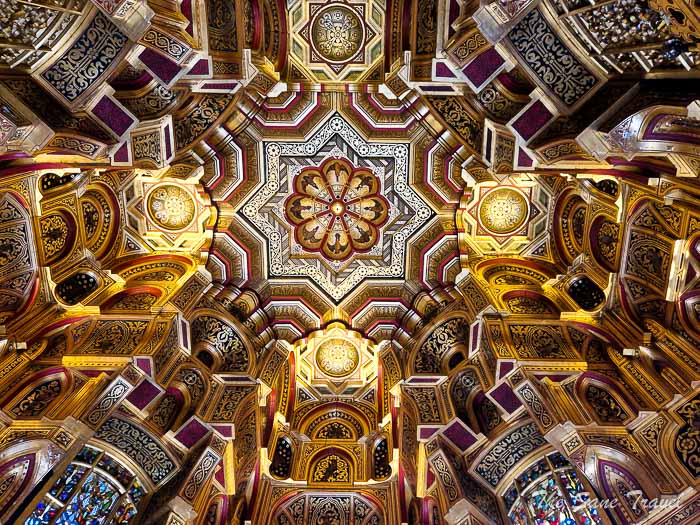 The castle was owned by the Bute family before it was given to the City of Cardiff in 1947. The Castle museum is open to visitors.
The castle was owned by the Bute family before it was given to the City of Cardiff in 1947. The Castle museum is open to visitors.
Cardiff’s City Hall
The magnificent Edwardian City Hall, opened in 1904, is home to some of the Council's departments. The building also includes a Council Chamber and several large function rooms. Cardiff Register Office is also based in City Hall.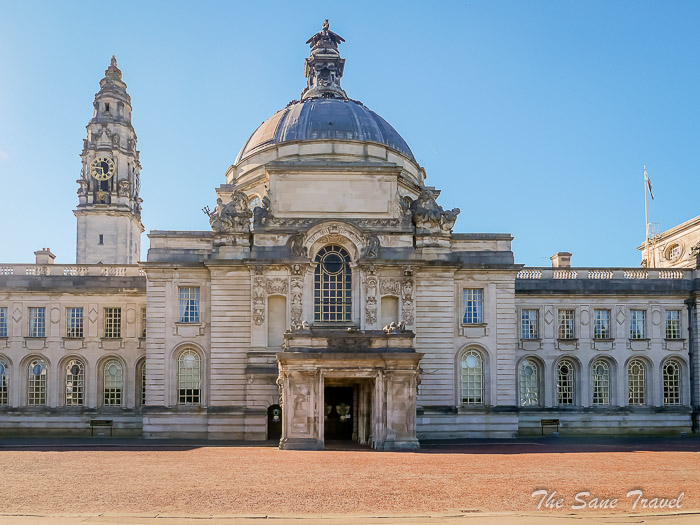
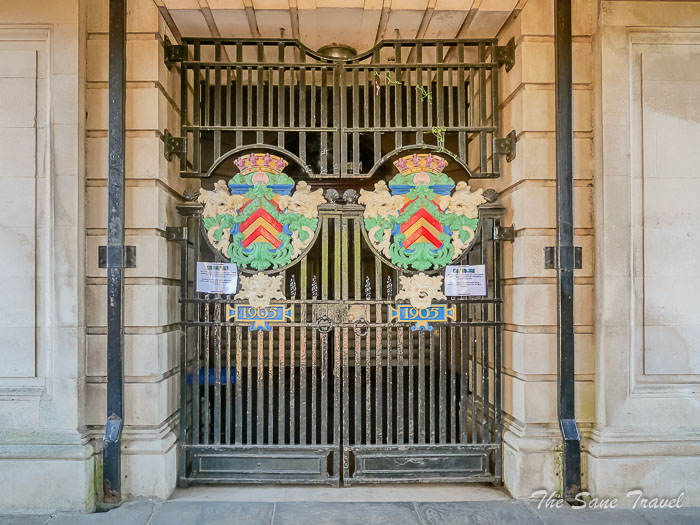 City Hall's most prominent feature is the 60 metres (194 feet) high clock tower, and the Welsh dragon sits atop the dome. Bold and asymmetrical, the Clock Tower of City Hall is a well-known Cardiff landmark.
City Hall's most prominent feature is the 60 metres (194 feet) high clock tower, and the Welsh dragon sits atop the dome. Bold and asymmetrical, the Clock Tower of City Hall is a well-known Cardiff landmark. 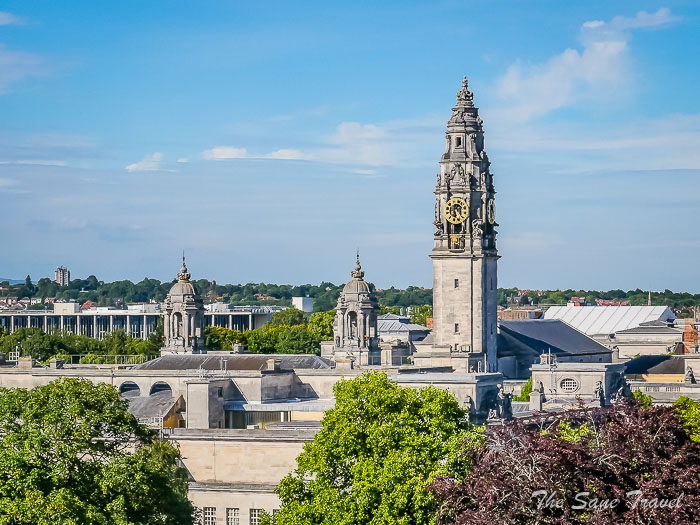
 The bells are cast from pure copper and tin, and each one is engraved with a motto. Above the portico is the main window of the Council Chamber. This is flanked by groups of monumental statuary representing the sea receiving the City’s three rivers: the Taff, the Rhymney, and the Ely. High on the west end of the façade is a group representing ‘Science and Education’. Other groups include ‘Music and Poetry’, ‘Commerce and Industry’, and ‘Welsh Unity and Patriotism’.
The bells are cast from pure copper and tin, and each one is engraved with a motto. Above the portico is the main window of the Council Chamber. This is flanked by groups of monumental statuary representing the sea receiving the City’s three rivers: the Taff, the Rhymney, and the Ely. High on the west end of the façade is a group representing ‘Science and Education’. Other groups include ‘Music and Poetry’, ‘Commerce and Industry’, and ‘Welsh Unity and Patriotism’.
Bute Building
Constructed in the early 20th century, Cardiff University’s Bute Building is one of the first major works of architect Sir Percy Thomas and has since been subject to alterations. These included additions, mezzanines, and partition walls. 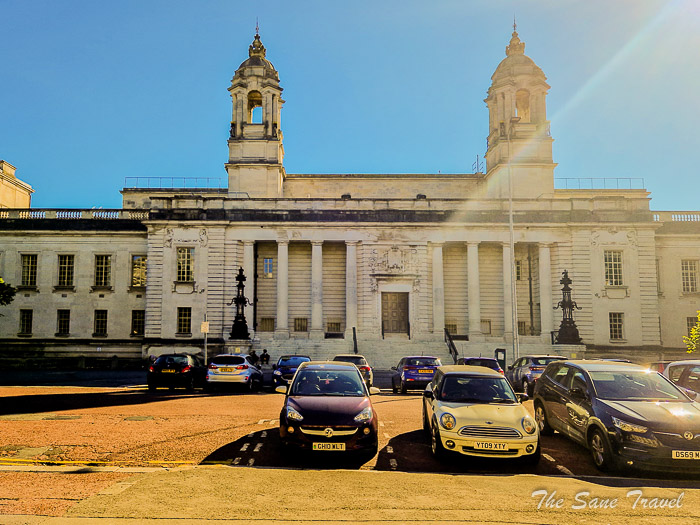
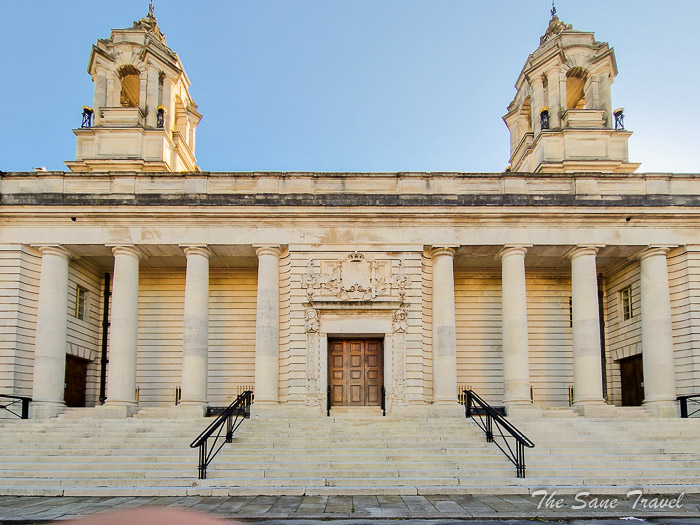 The extensive refurbishment of the Bute Building – home to the internationally-renowned Welsh School of Architecture – was completed in 2022.
The extensive refurbishment of the Bute Building – home to the internationally-renowned Welsh School of Architecture – was completed in 2022.
Bute Park and Arboretum
Bute Park’s history goes back hundreds of years, and over the centuries, the land we know as Bute Park has gone through many changes. In 1947, the 5th Marquees of Bute gifted the Castle and its grounds to the people of Cardiff, and the land was turned into a public park which was opened in 1949. 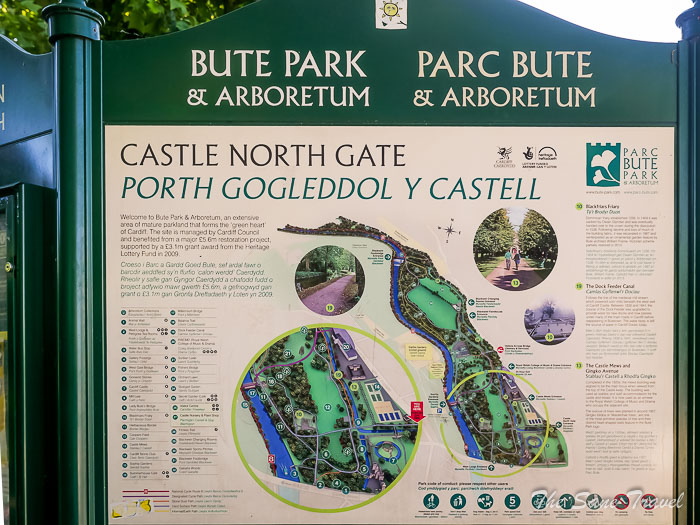 Explore a superb tree collection, natural play features, a visitor centre, three cafes, and a wealth of horticulture and wildlife.
Explore a superb tree collection, natural play features, a visitor centre, three cafes, and a wealth of horticulture and wildlife. 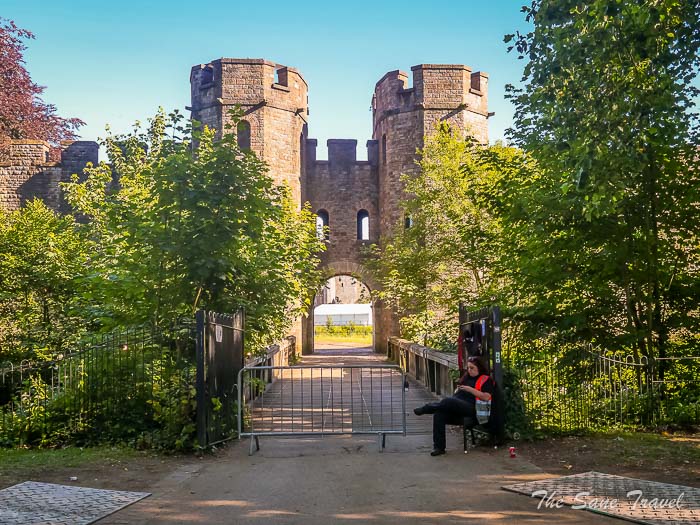
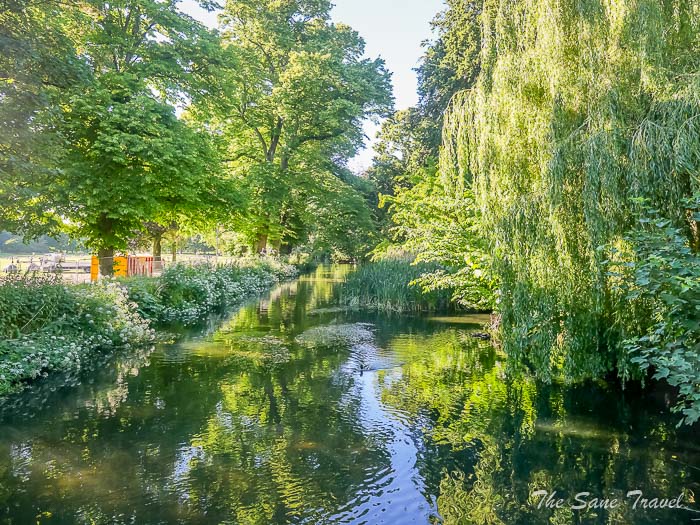
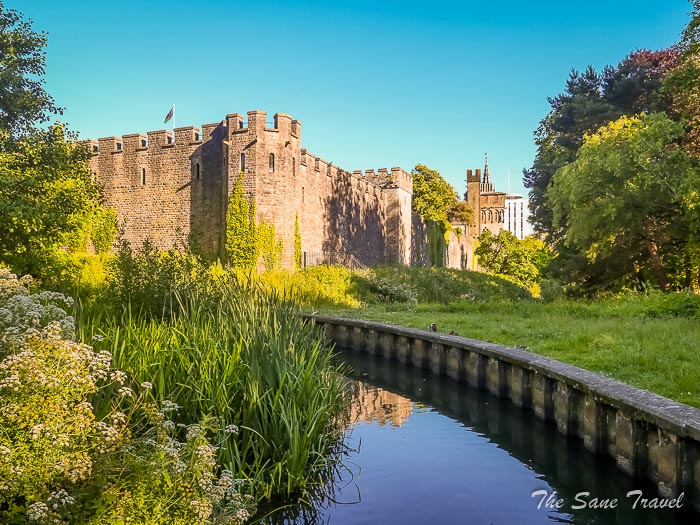
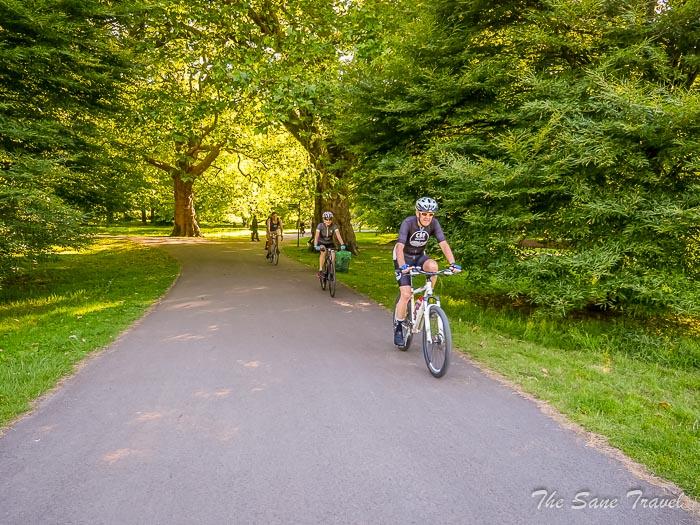
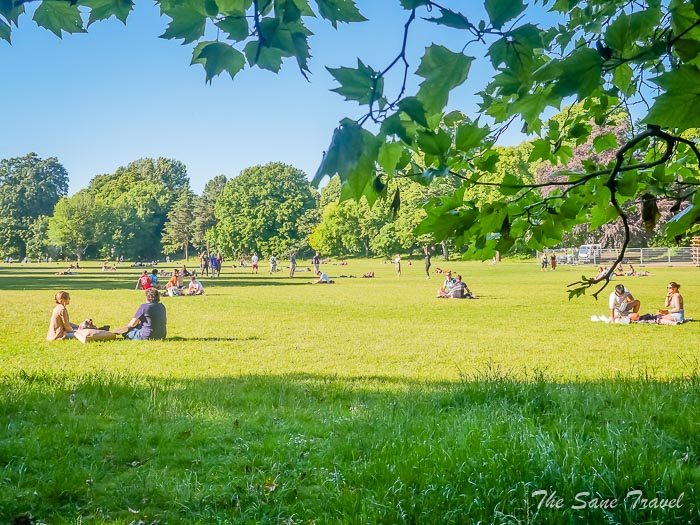 Today, the park is the ‘green heart’ of the city and provides a habitat for wildlife, a beautiful and extensive arboretum, as well as a venue for major public events.
Today, the park is the ‘green heart’ of the city and provides a habitat for wildlife, a beautiful and extensive arboretum, as well as a venue for major public events.
From the park, make your way to the National Stadium of Wales.
The National Stadium of Wales
The National Stadium of Wales is named the Principality Stadium and earlier Millennium Stadium. It is the third largest stadium in Britain, with a capacity of nearly 74,000. The stadium was built to host the final of the 1999 Rugby World Cup. The Principality Stadium is hosting international sporting events and concerts from chart-topping artists. In 2017, the Stadium hosted the Champions League final between Real Madrid and Juventus. 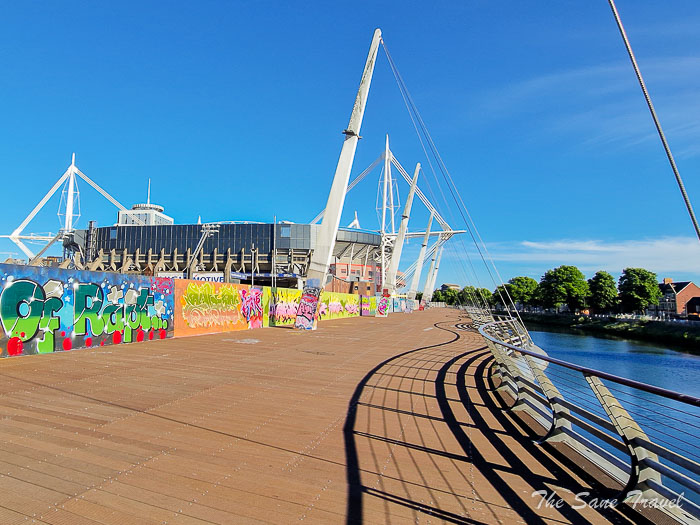
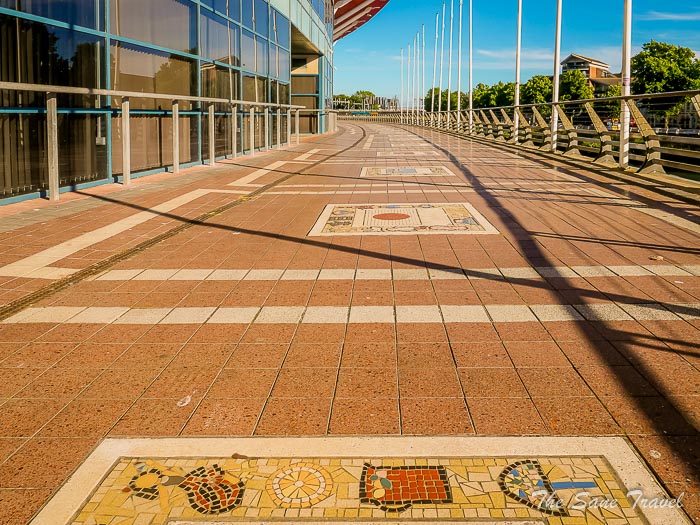
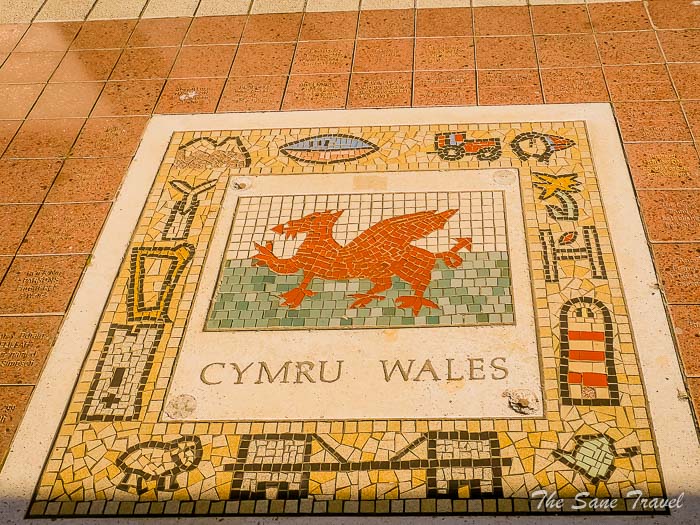
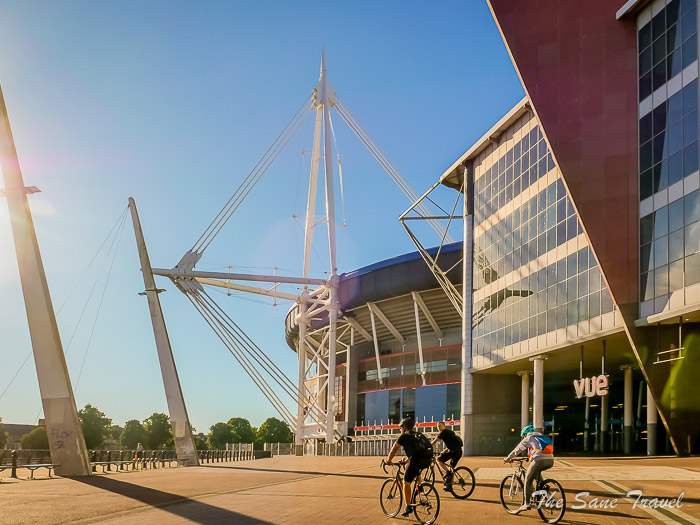 The Stadium has a fully retractable roof, which can be opened in 20 minutes and is supported by four 90-metre (295 feet) high masts. The Stadium offers guided stadium tours seven days a week.
The Stadium has a fully retractable roof, which can be opened in 20 minutes and is supported by four 90-metre (295 feet) high masts. The Stadium offers guided stadium tours seven days a week.
The other part of our tour is Cardiff Bay, located half an hour walk southwards from Cardiff Central railway station. Look out for the statue of the 2nd Marquees of Bute on your way. Also, you can reach Cardiff Bay by walking along Bute Street. The first thing you will most likely see when arriving at Cardiff Bay will be Millennium Centre.
Wales Millennium Centre
Millennium Centre is a home for the arts in Wales, creating their own theatre productions, festivals and digital experiences – as well as curating world-class touring productions – from musical theatre and comedy to dance and cabaret. It was built in 2004 and has almost 2,500 seats. On the steel facade of the WMC in large Celtic lettering is the inscription “CREU GWIR GWYDR O FFWRNAIS AWEN,” which in English means “Truth is as clear as glass forged in the flames of inspiration.”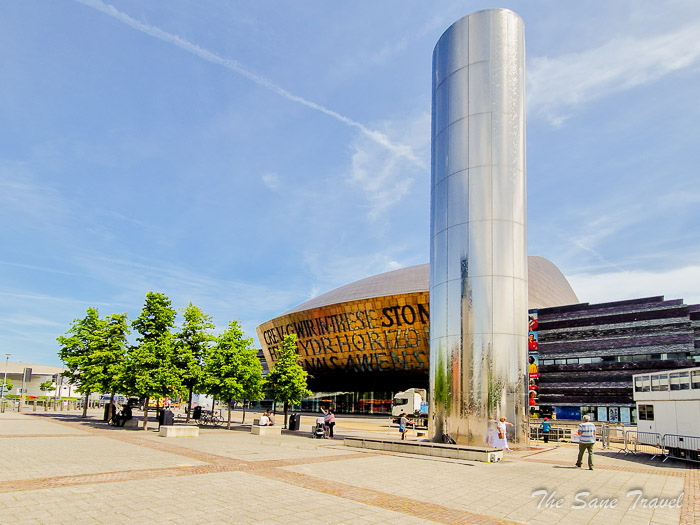
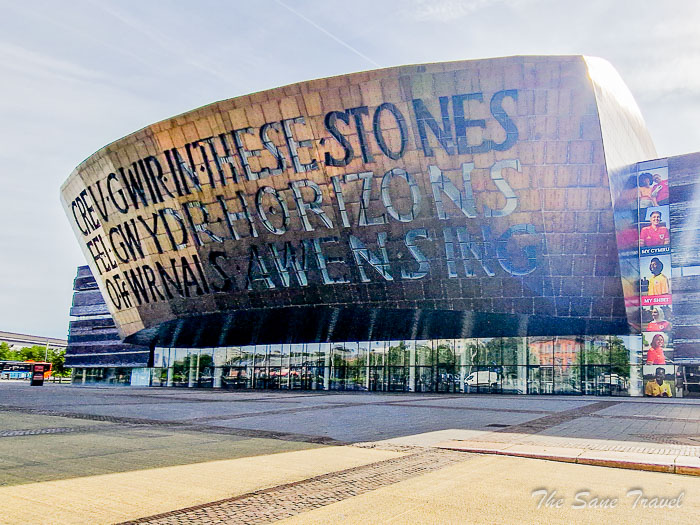 Check out an awesome water installation (fountain) next to the Centre.
Check out an awesome water installation (fountain) next to the Centre.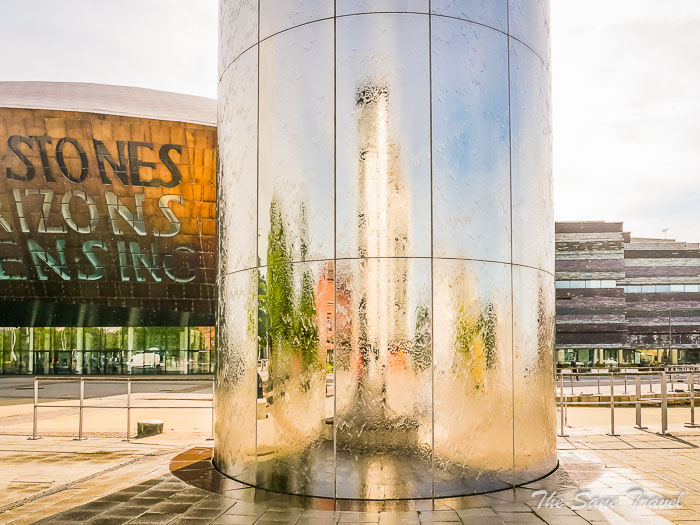
The Pierhead
The stunning terracotta red brick building standing boldly next to the ultra-modern building of the Senedd (Parliament) in Cardiff Bay has performed a number of different functions since its birth in 1897. It was initially used as the administrative office for South Wales Ports. 
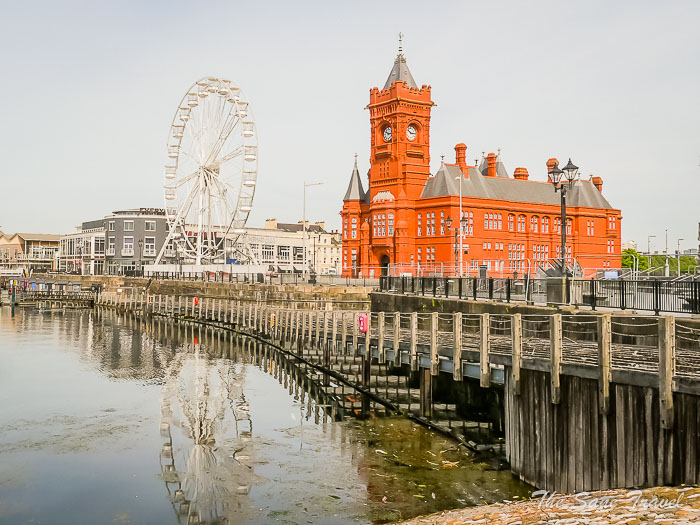 Pierhead building has a clock named Big Ben of Cardiff. The original mechanism of the Pierhead’s multi-directional clock was built by William Potts & Sons of Leeds and overseen by Edmund Beckett Denison, who also designed the movement for Big Ben. The clock weighs more than 450 kilograms (1,000 lbs). The Pierhead is now a unique visitor, event, and conference venue for the people of Wales.
Pierhead building has a clock named Big Ben of Cardiff. The original mechanism of the Pierhead’s multi-directional clock was built by William Potts & Sons of Leeds and overseen by Edmund Beckett Denison, who also designed the movement for Big Ben. The clock weighs more than 450 kilograms (1,000 lbs). The Pierhead is now a unique visitor, event, and conference venue for the people of Wales.
The face of a Merchant Seafarer Lost to the Sea
The Merchant Seaman’s Memorial is sited in front of the Welsh Parliament in Cardiff Bay. It has the form of a sleeping face fused with a ship’s hull, made by riveting plates of metal together. The sculptor Brian Fell, whose own father had been a merchant seaman, was commissioned to create the work in 1994. It is a memorial to the Merchant Seamen from South Wales who served during World War II. The words on the edge of the mosaic read: “In memory of the merchant seafarers from the ports of Barry, Penarth, Cardiff who died in times of war.”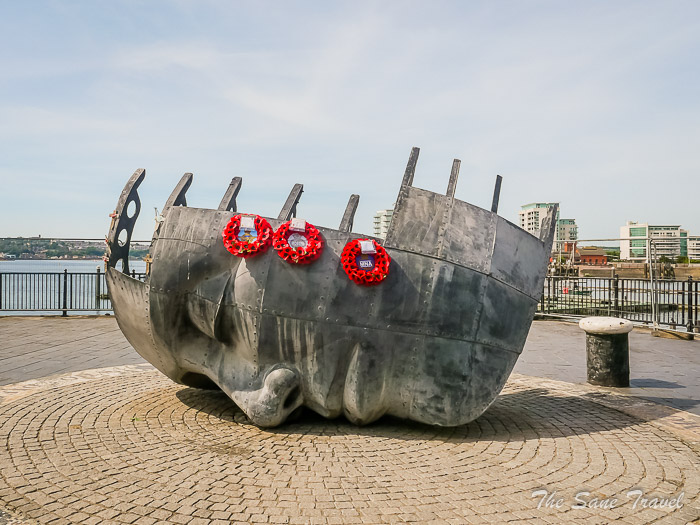
Welsh Parliament Building
Cardiff is home to the Welsh Parliament (Senedd). The Senedd is where any laws that have been devolved to Wales are decided by the 60 Members of the Senedd. The building took five years to build and is considered one of the most environmentally friendly parliament buildings in the world. It was opened by the Queen in 2006. You are free to visit the building. Just be prepared for a security check.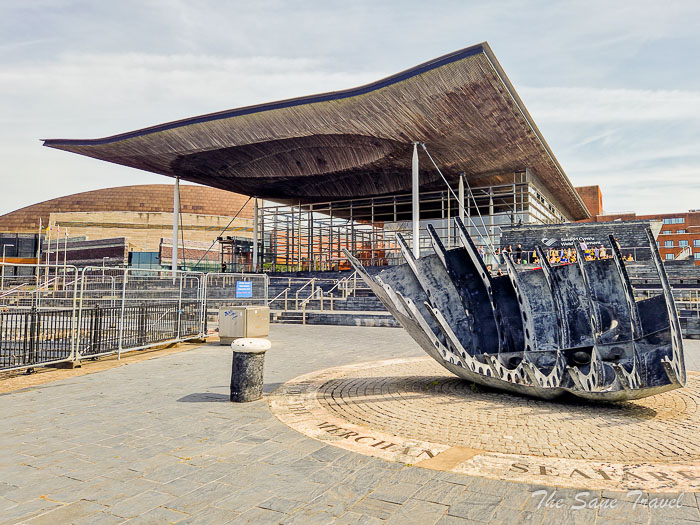

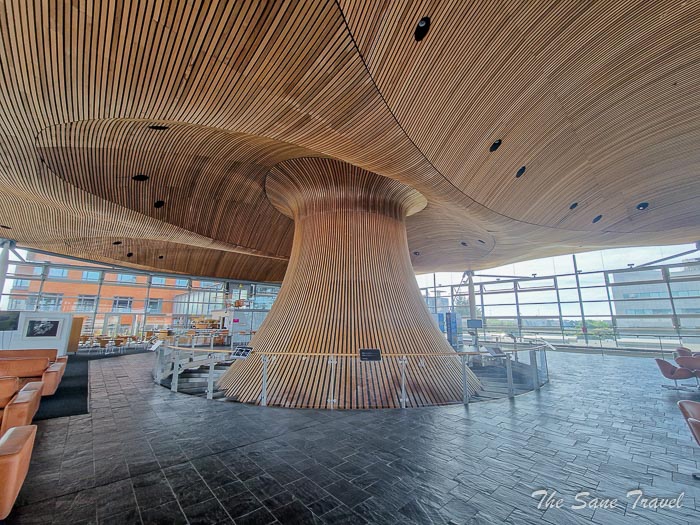
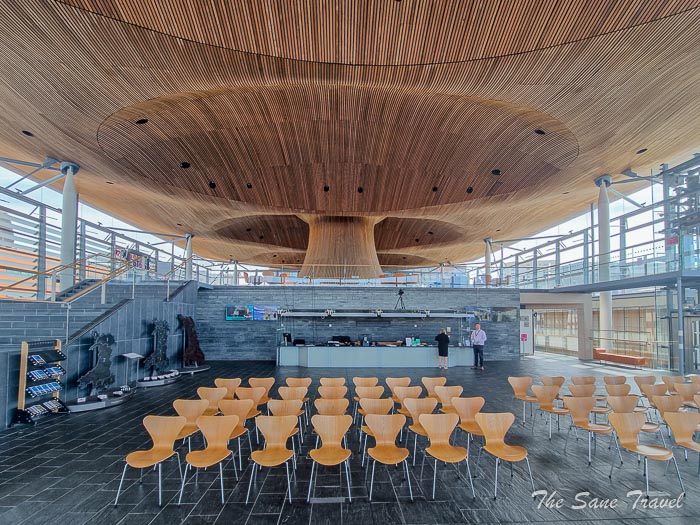
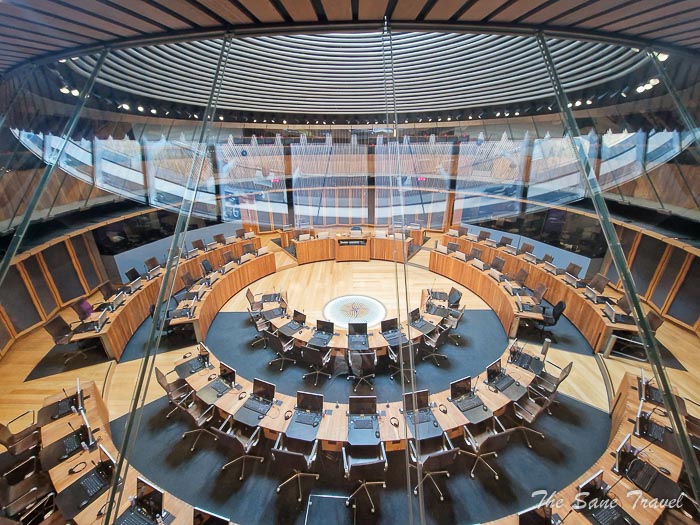
Norwegian Church Arts Centre
The Norwegian Church was built in the second part of the 19th century as a meeting place for Norwegian seafarers. When the coal trade expanded in South Wales in the 1860s, Norwegian ships came in large numbers to Cardiff to carry the coal overseas so Church was built for their worshipping. The church has since been relocated to its current position overlooking the waterfront of the Bay. 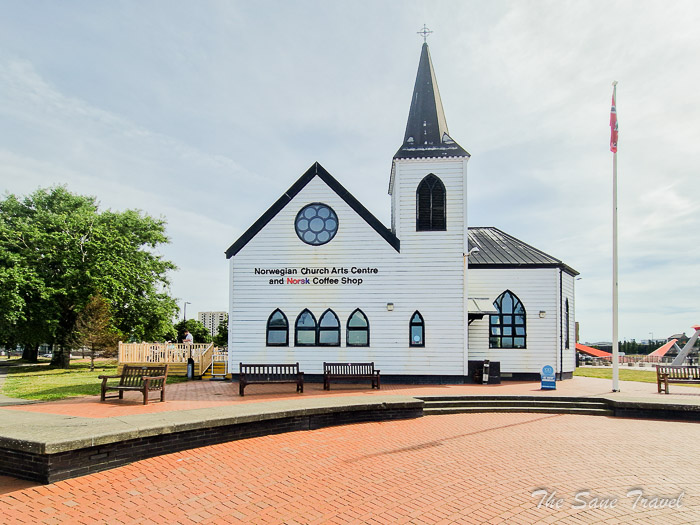
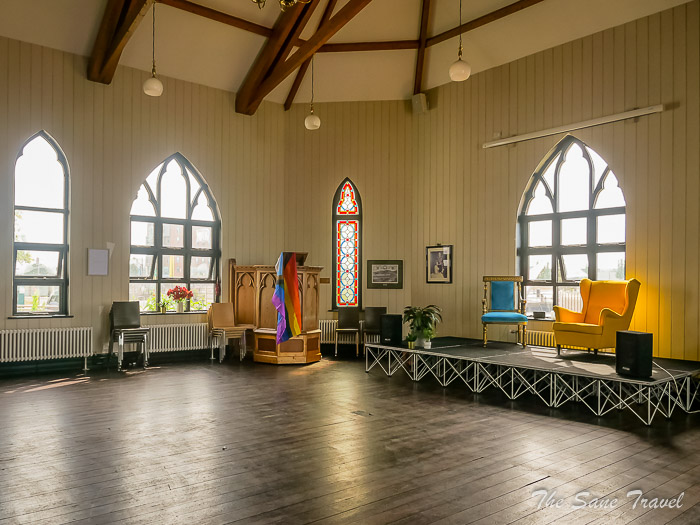
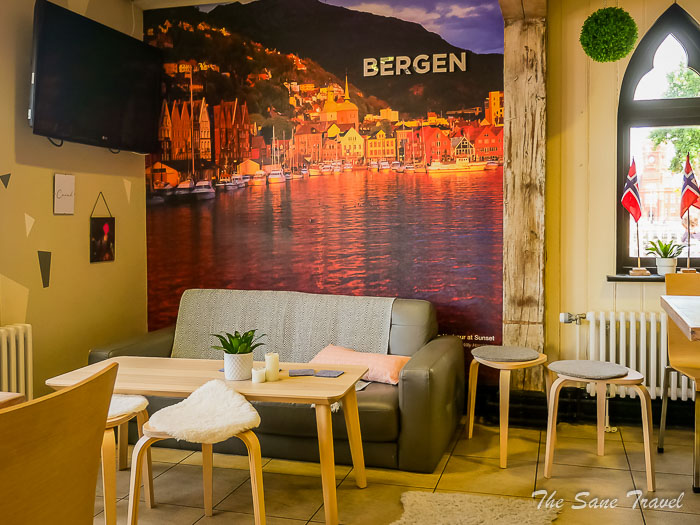 Upstairs is the Dahl gallery which hosts temporary exhibitions of photography and art by local artists. Look out for the silver christening bowl, which belonged to the Dahl family and is now on display.
Upstairs is the Dahl gallery which hosts temporary exhibitions of photography and art by local artists. Look out for the silver christening bowl, which belonged to the Dahl family and is now on display.
Ianto's Shrine
When strolling through the boardwalk at the Mermaid Quay, you will come across a mystical wall, which at first appears to commemorate the tragic death of an exisisting person. In reality, Ianto’s Shrine is a shrine to the dead fictional character Ianto Jones from the Doctor Who spin-off series Torchwood. Cardiff Bay served as one of the top locations for the series. When Lloyd’s character eventually met his heroic death in 2009, fans started pouring to this site for communal commemoration. It soon developed into an impromptu shrine for the character, with fans bringing in letters, poems, pictures, artworks, and trinkets in remembrance of the affable alien-hunting agent.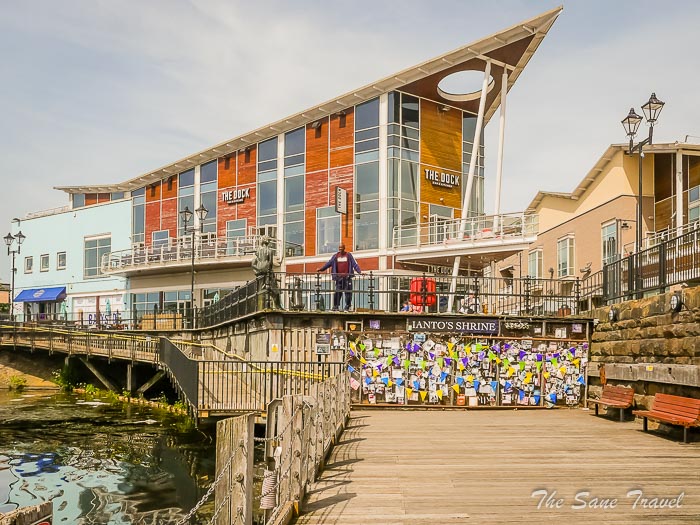
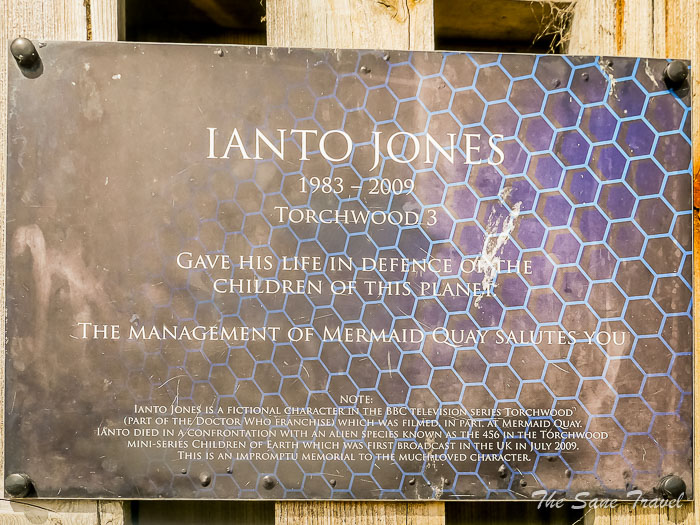
Boat tour
I recommend adding a boat tour to your Cardiff Bay visit. My choice was Marianne boat of Cardiff Cruises for a relaxing 45 minutes sightseeing trip around the bay with sights such as the Senedd, yacht clubs, Cardiff Barrage, and many more.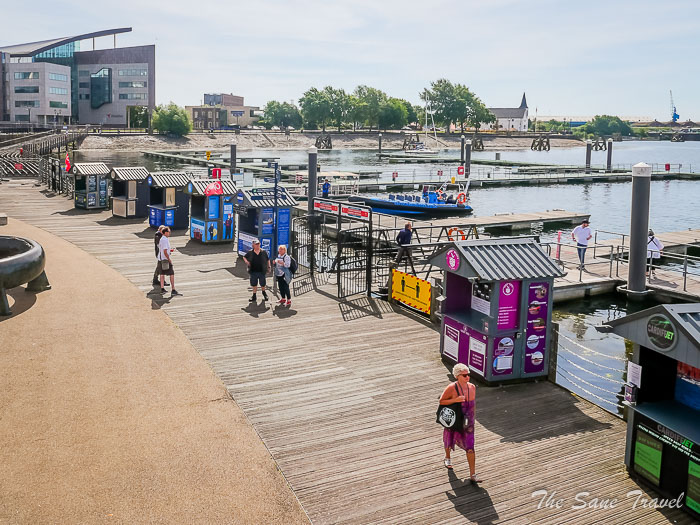
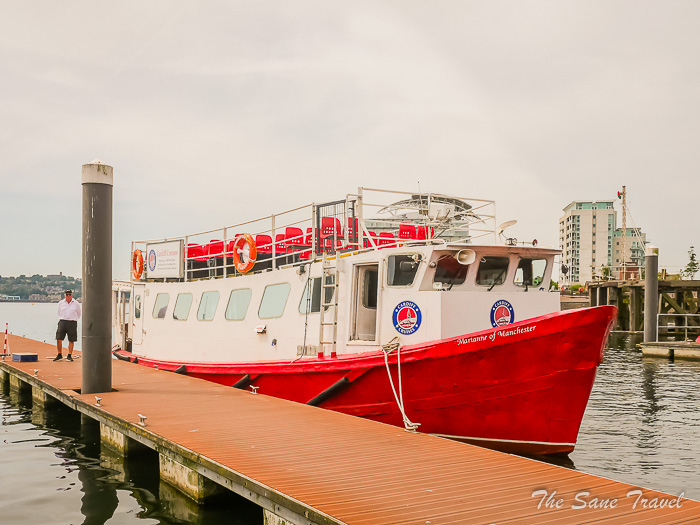
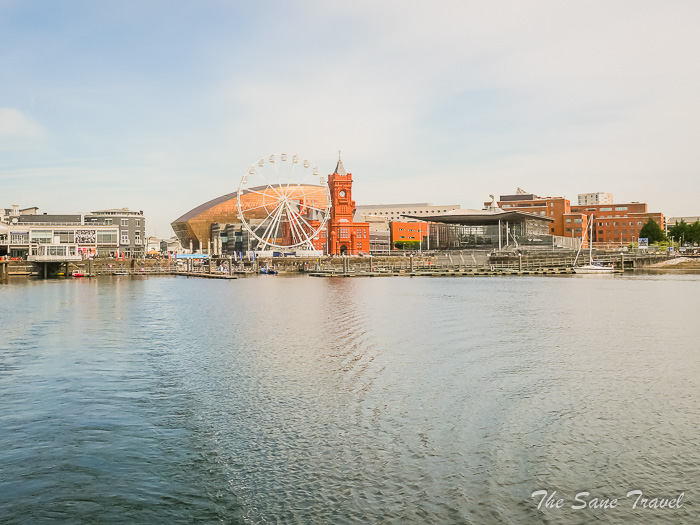
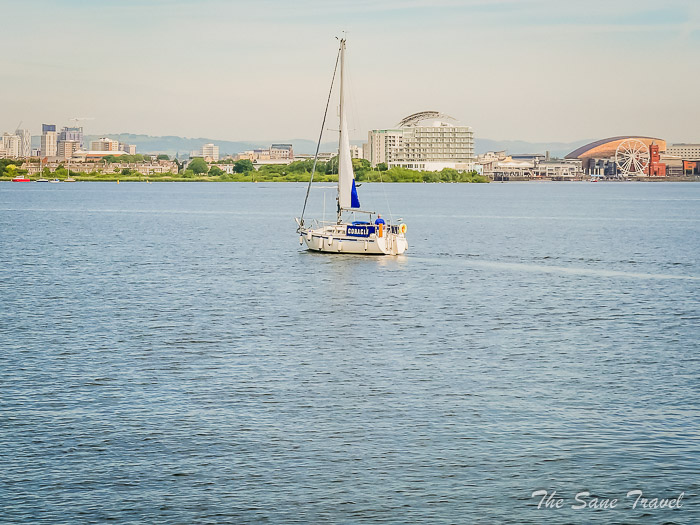
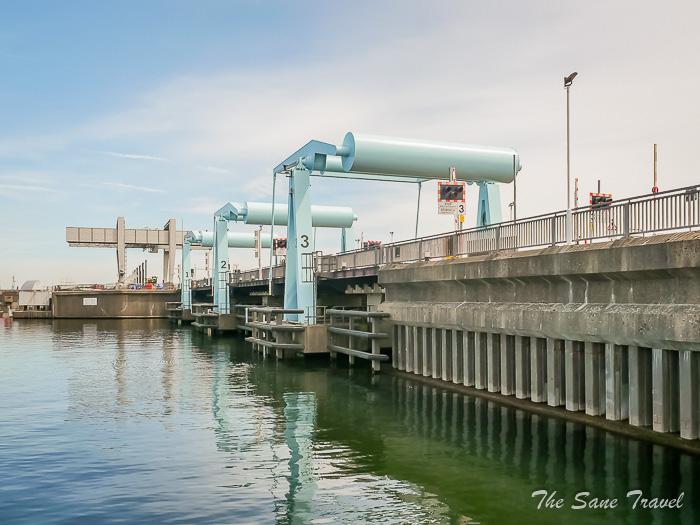 Where to stay in Cardiff
Where to stay in Cardiff
I wanted to have a hotel near Cardiff Central railway station, and because of that, my choice was Sleeperz Hotel.
Sleeperz Hotel
3-star Sleeperz Hotel Cardiff has 74 stylish compact rooms at great value and is only a one-minute walk from Cardiff Central railway station. The hotel was rejuvenated in 2021. Be sure to enjoy a meal at the hotel restaurant. In addition to a fireplace in the lobby and a bar, guests can connect to free Wi-Fi in public areas. All soundproof guest rooms at Sleeperz Hotel Cardiff have laptop workspace and air conditioning.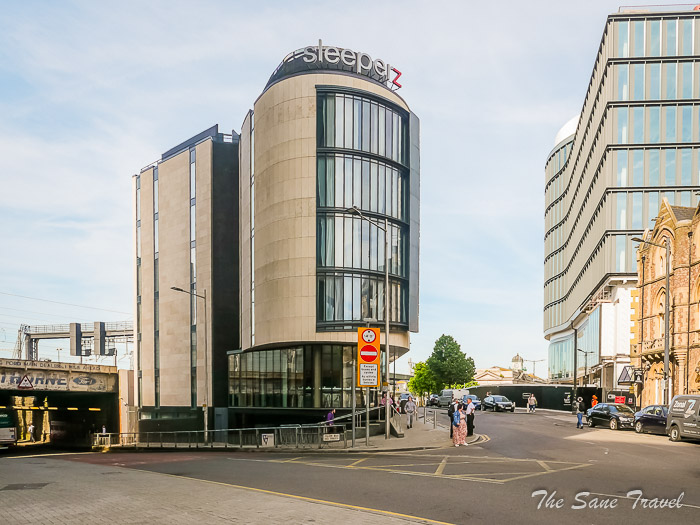
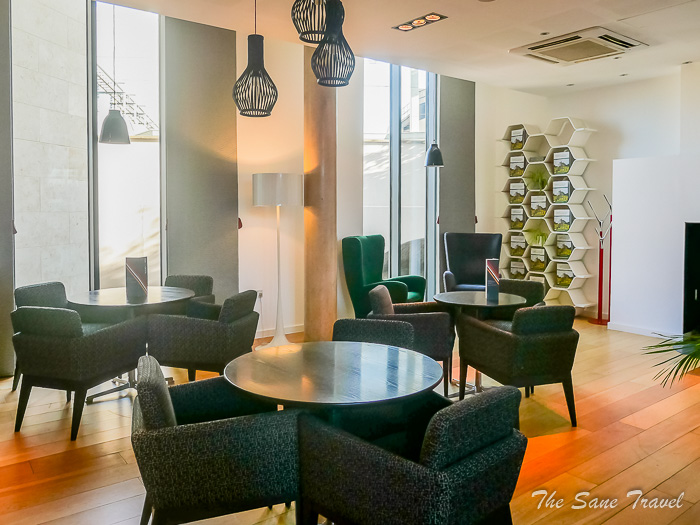
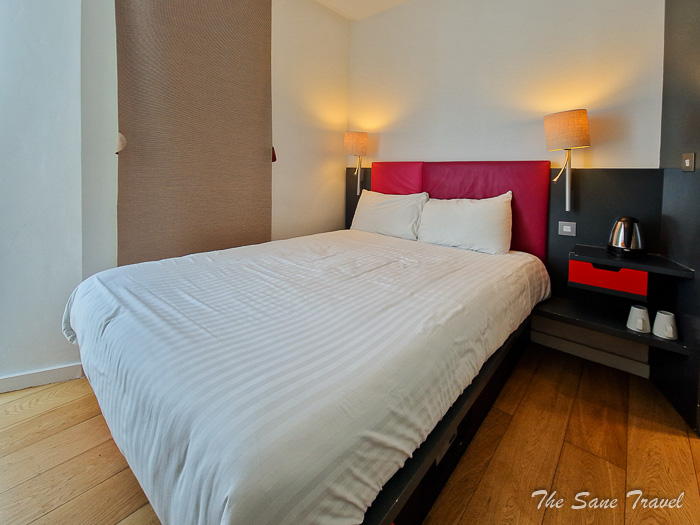
Map of your Cardiff tour
As you know, Google allows you to add just up to ten places on your map. So I was not able to add some last places of the tour in Cardiff Bay. As all these sights are very close to each other in this area, I hope you will see and understand everything.
Like it? Pin it! 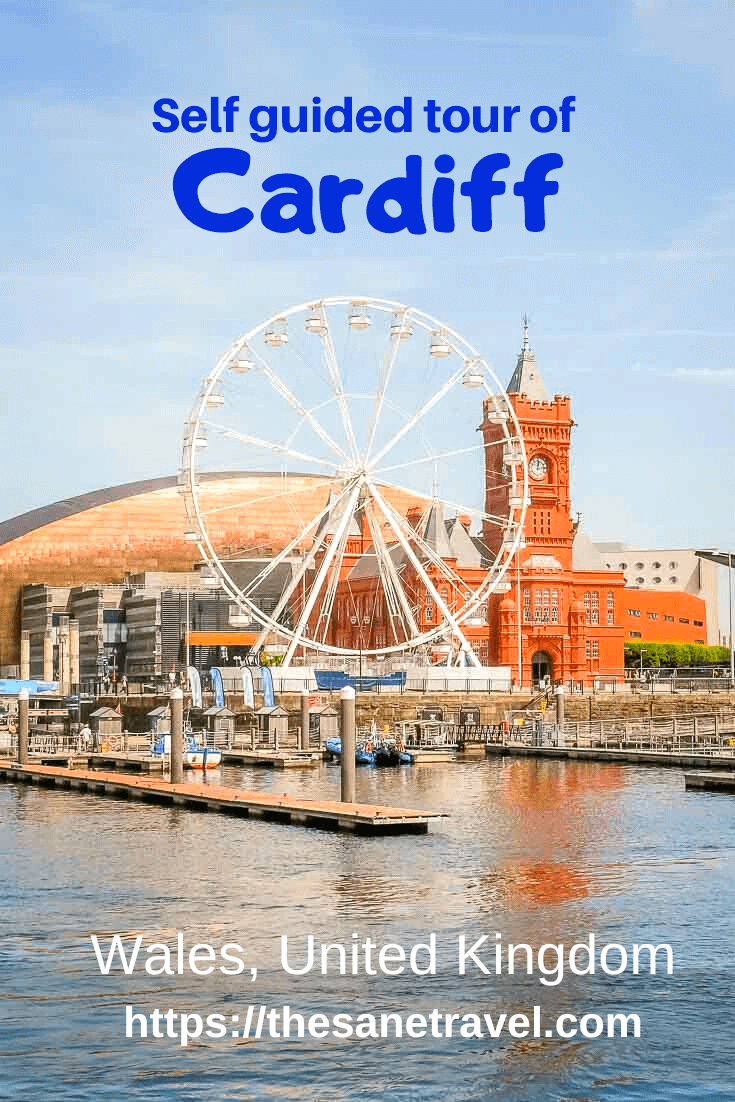 What did you think? Have you visited Cardiff? I’d love to hear from you so please add your comment below.
What did you think? Have you visited Cardiff? I’d love to hear from you so please add your comment below.
Author: Anita Sane

About the author
Anita is a part-time traveller, passionate photographer and a retired career woman from Latvia, travelling mostly solo for more than 15 years. She is a skilled travel planner who plans and executes her travels by herself. Anita wants to show you how to travel the world and open your mind to new experiences. Follow her on Facebook, Instagram, Pinterest, Twitter and Bloglovin.

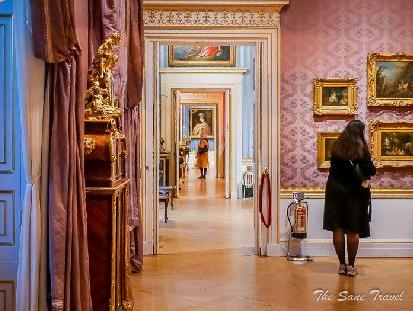
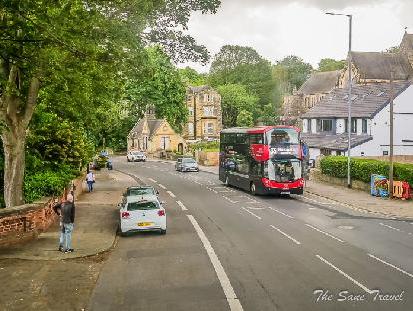
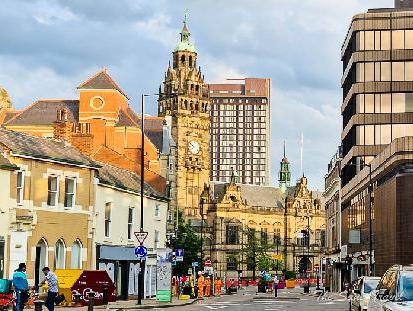
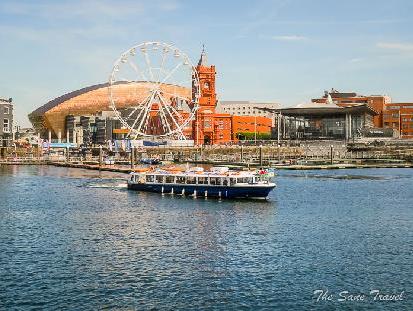
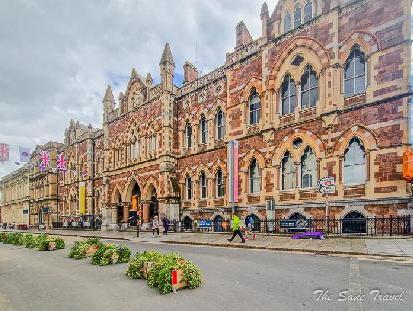
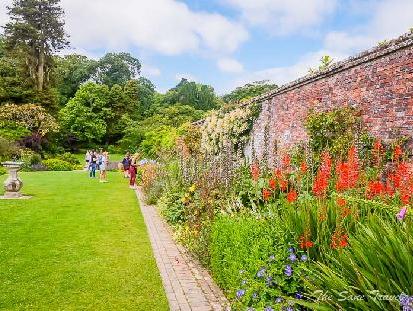

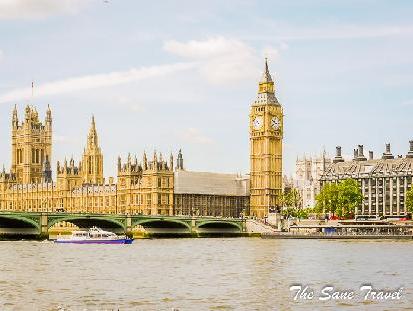
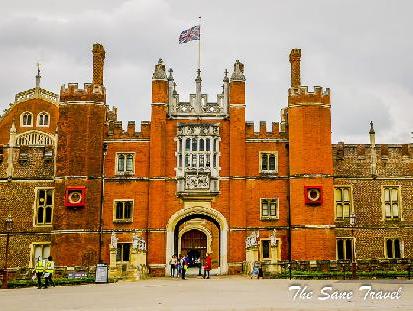
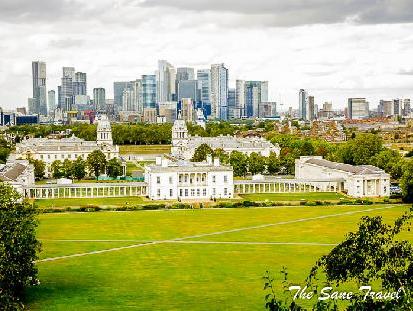
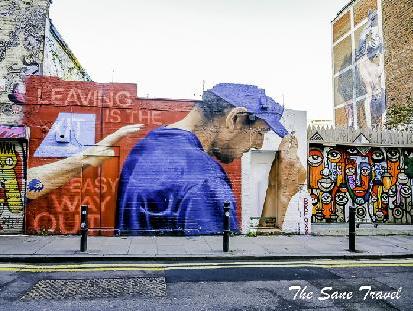
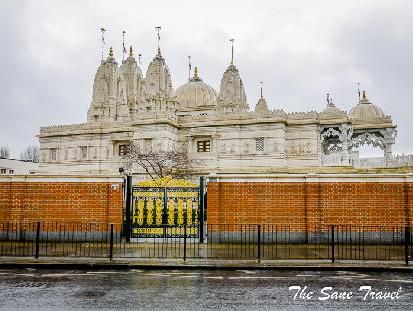
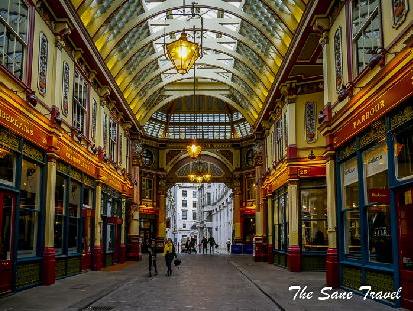
Report
My comments